BITZ - Biodiversity In Transition Zones
A digital tool for identifying and learning about the organisms around you
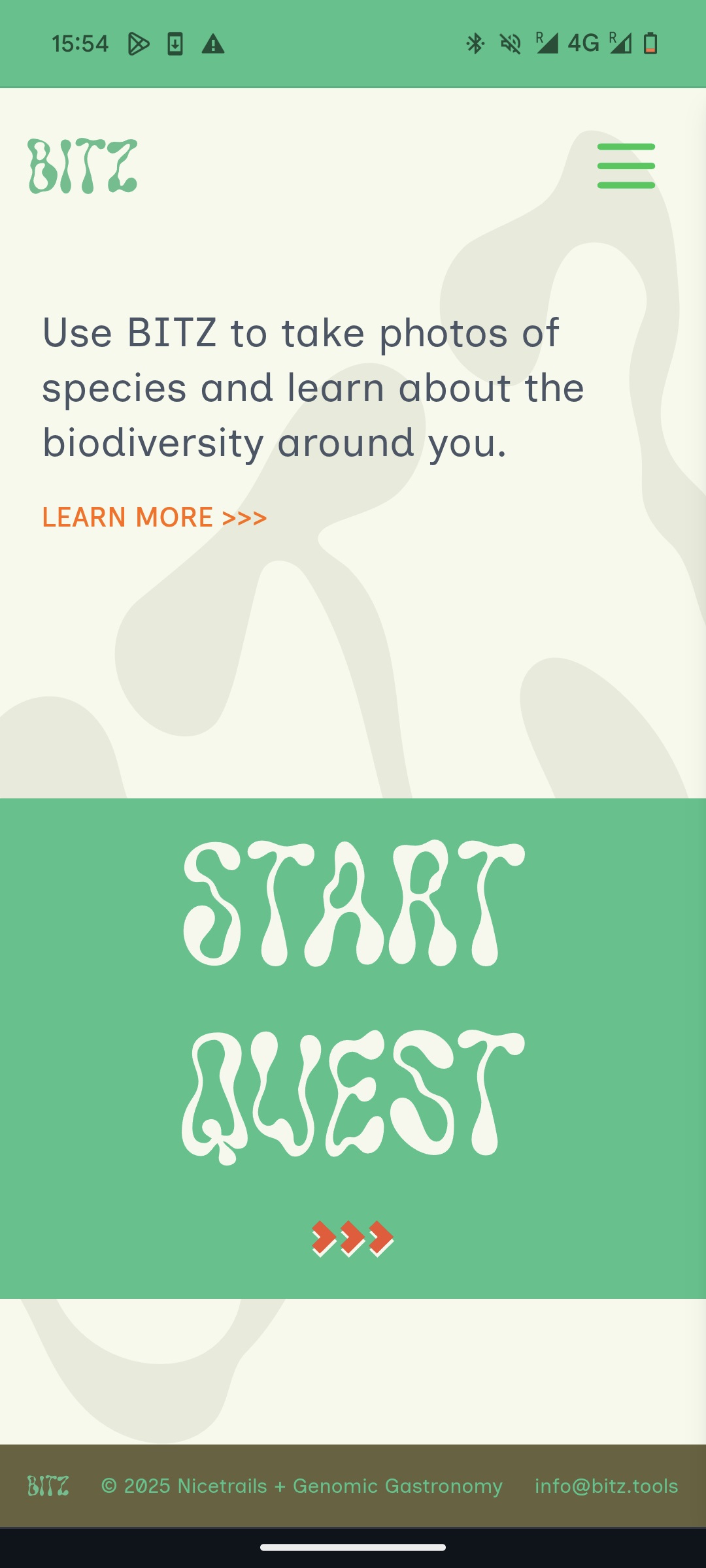

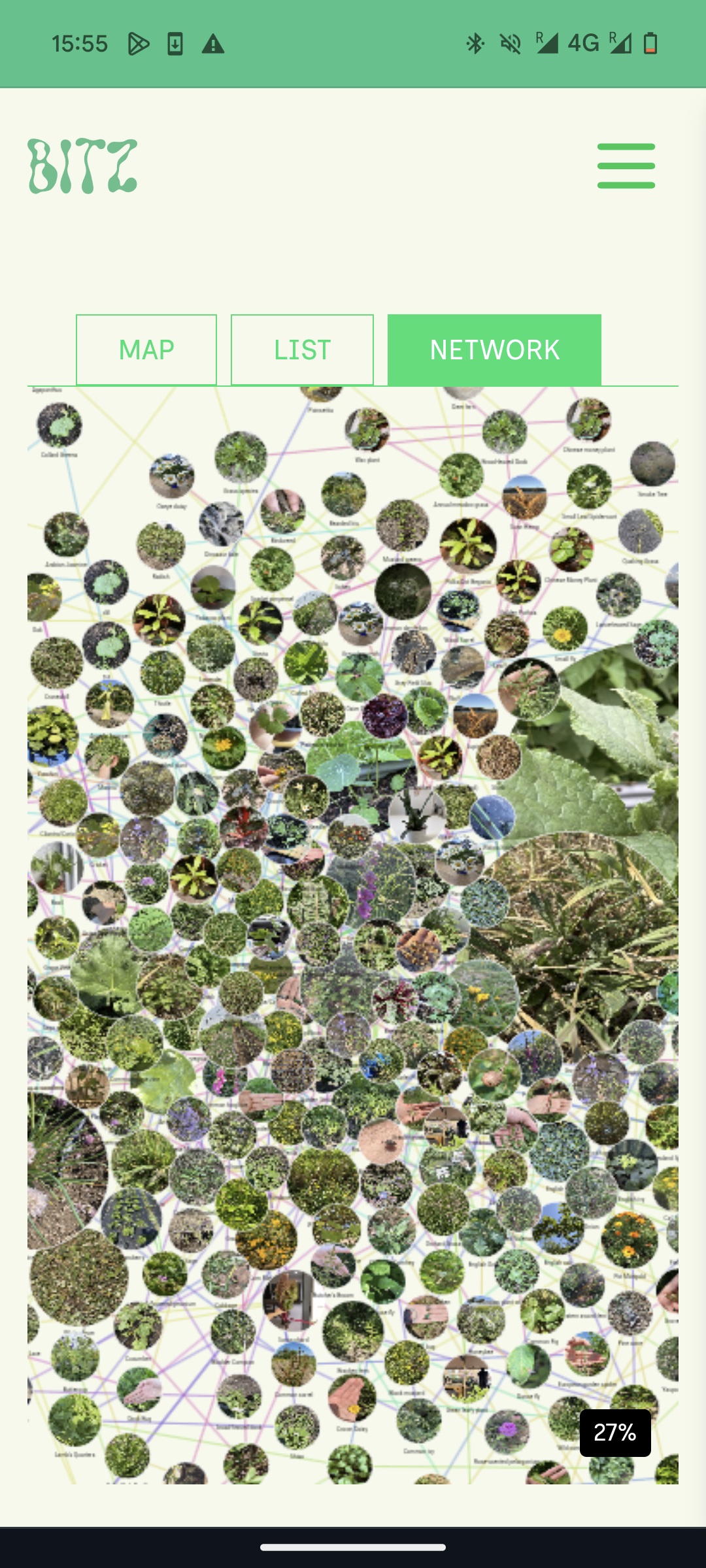
Built during my S+T+ARTS + MUSAE residency as a part of Nicetrails. BITZ bridges the gap between digital technology and environmental awareness. Created in collaboration with Genomic Gastronomy, this tool transforms biodiversity observation into engaging community experiences.
Project Overview
BITZ is a digital tool that enables users to photograph plants, insects, or animals and receive guided species identification along with cultural and ecological connections. The platform serves as both an educational resource for individuals and a data-gathering tool for organizations, governments, and activists facilitating community-driven biodiversity events. The base tool is freely available, while bespoke projects are offered as commercial services to support conservation efforts and public engagement.
Eyes on the Field: Porto
Our flagship event combined farm visits with immersive dining experiences to explore agricultural biodiversity in the Porto region. Participants embarked on species-quests using BITZ to observe, identify, and understand the ecological networks supporting local food production. The discoveries made during these field investigations directly inspired a multi-course, multi-sensory dinner at Venn Canteen, creating a unique connection between biodiversity observation and culinary experience.
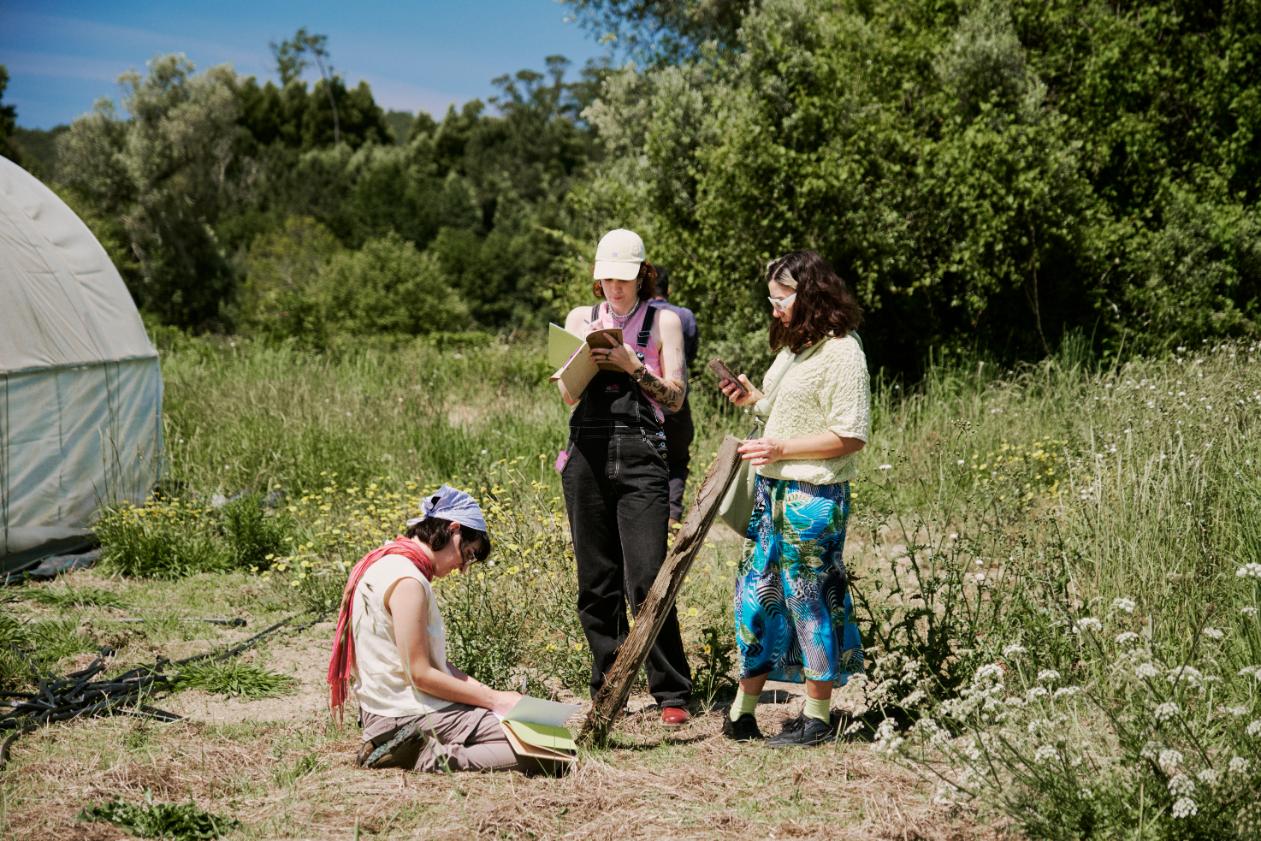
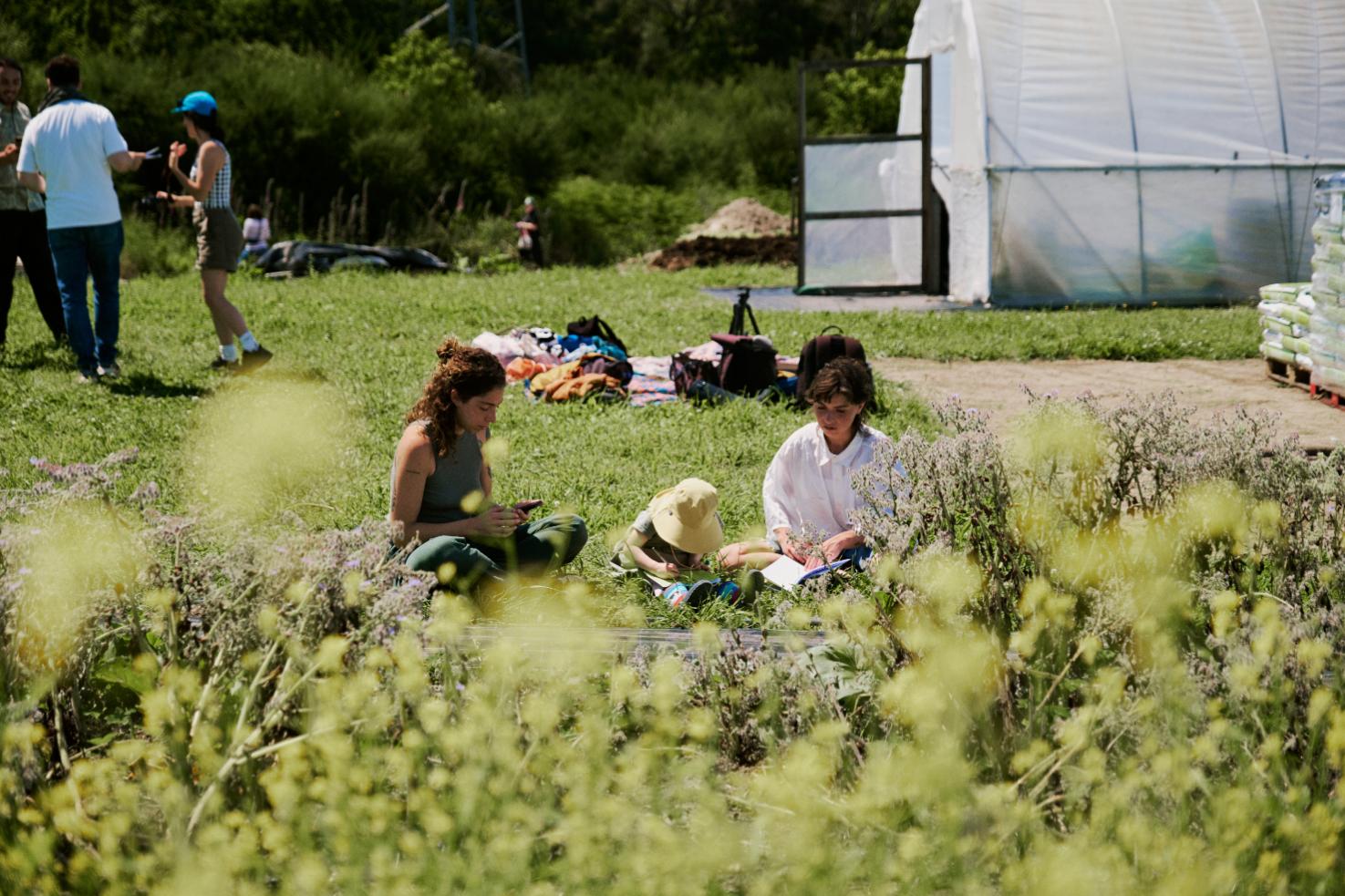

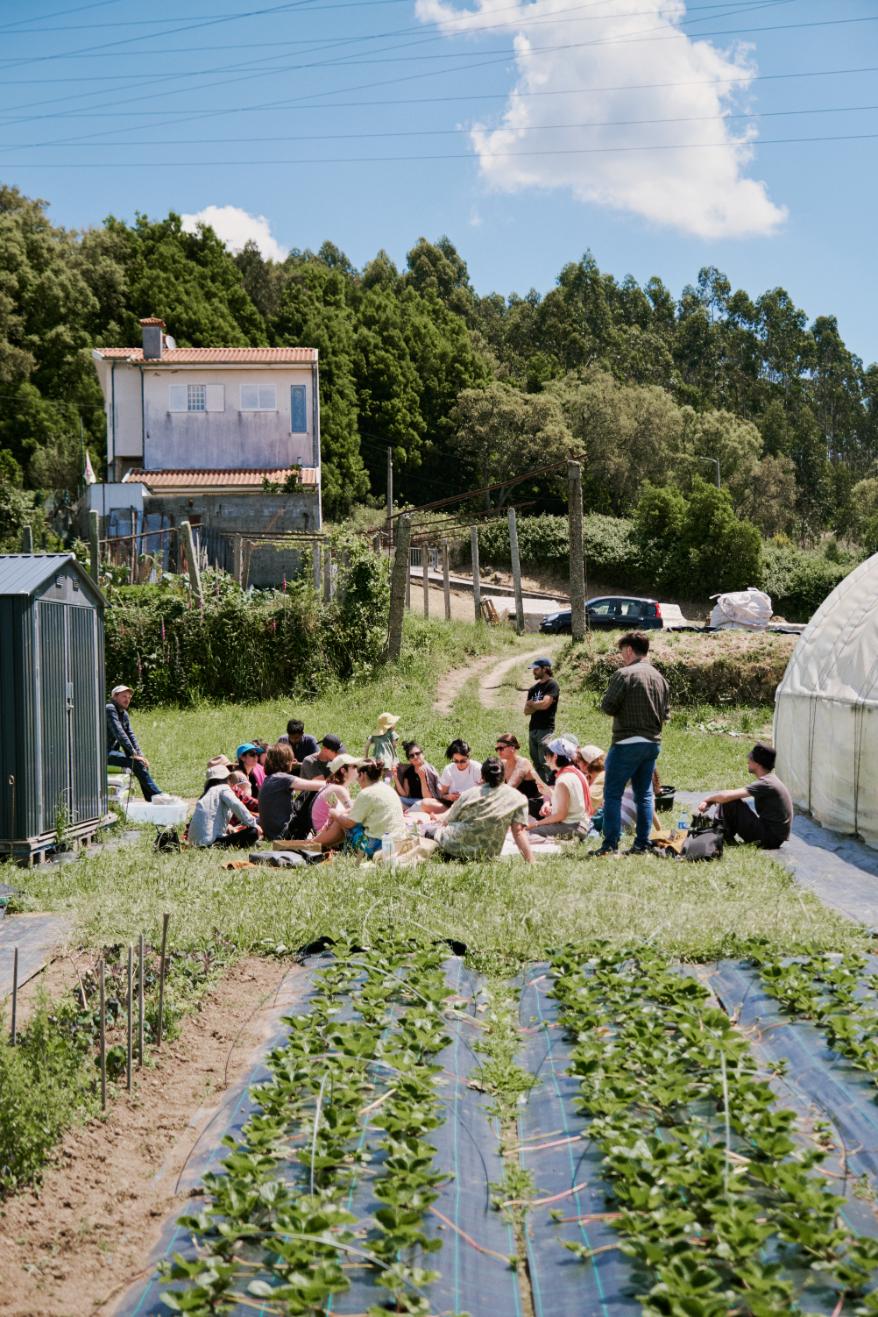
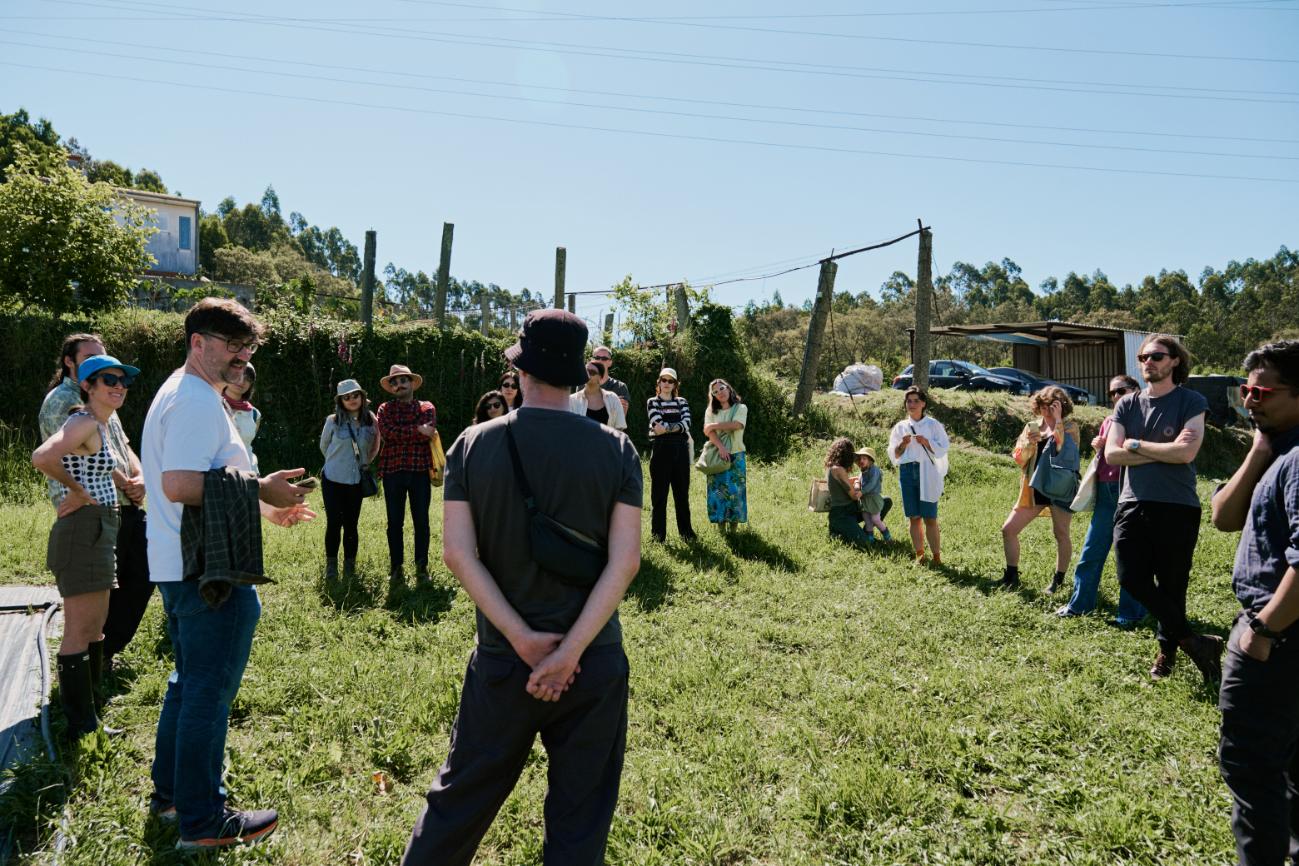
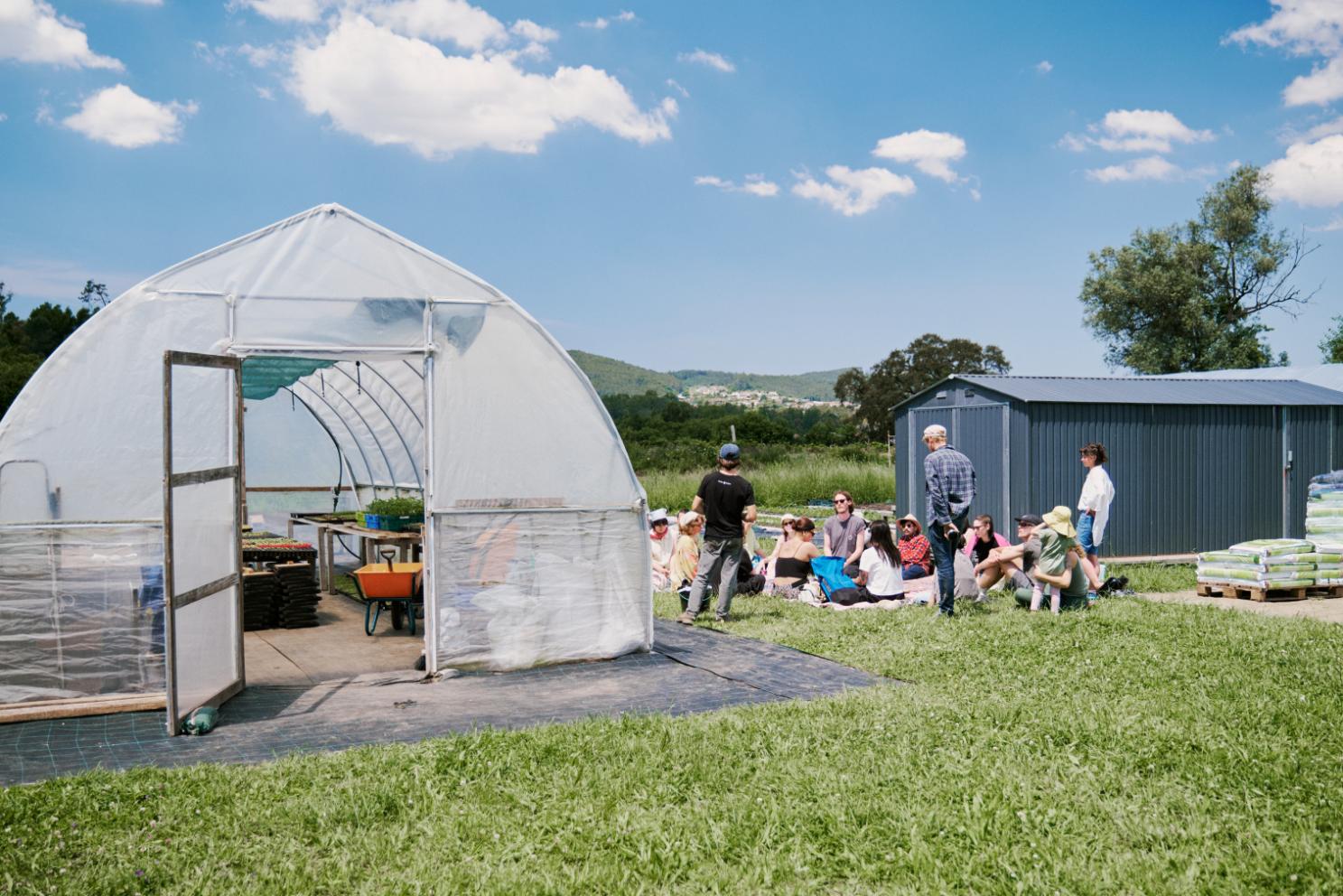
From Field to Table
The dinner experience transformed field observations into a celebration of local biodiversity. Each course was designed to showcase the ecological connections discovered during the farm visit, creating a direct link between environmental awareness and sensory experience. This approach demonstrates how technology can facilitate deeper connections with our food systems and the organisms that sustain them.
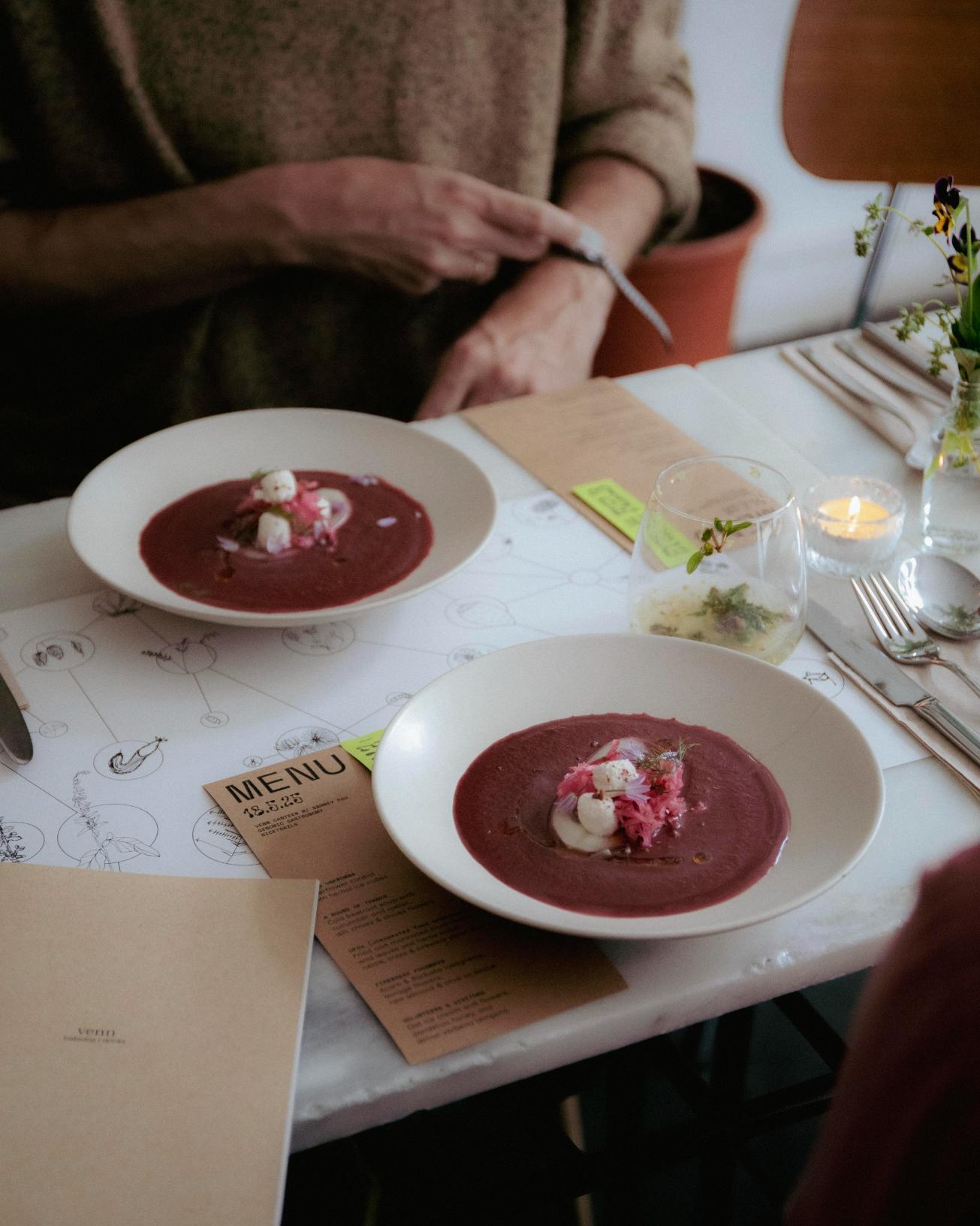
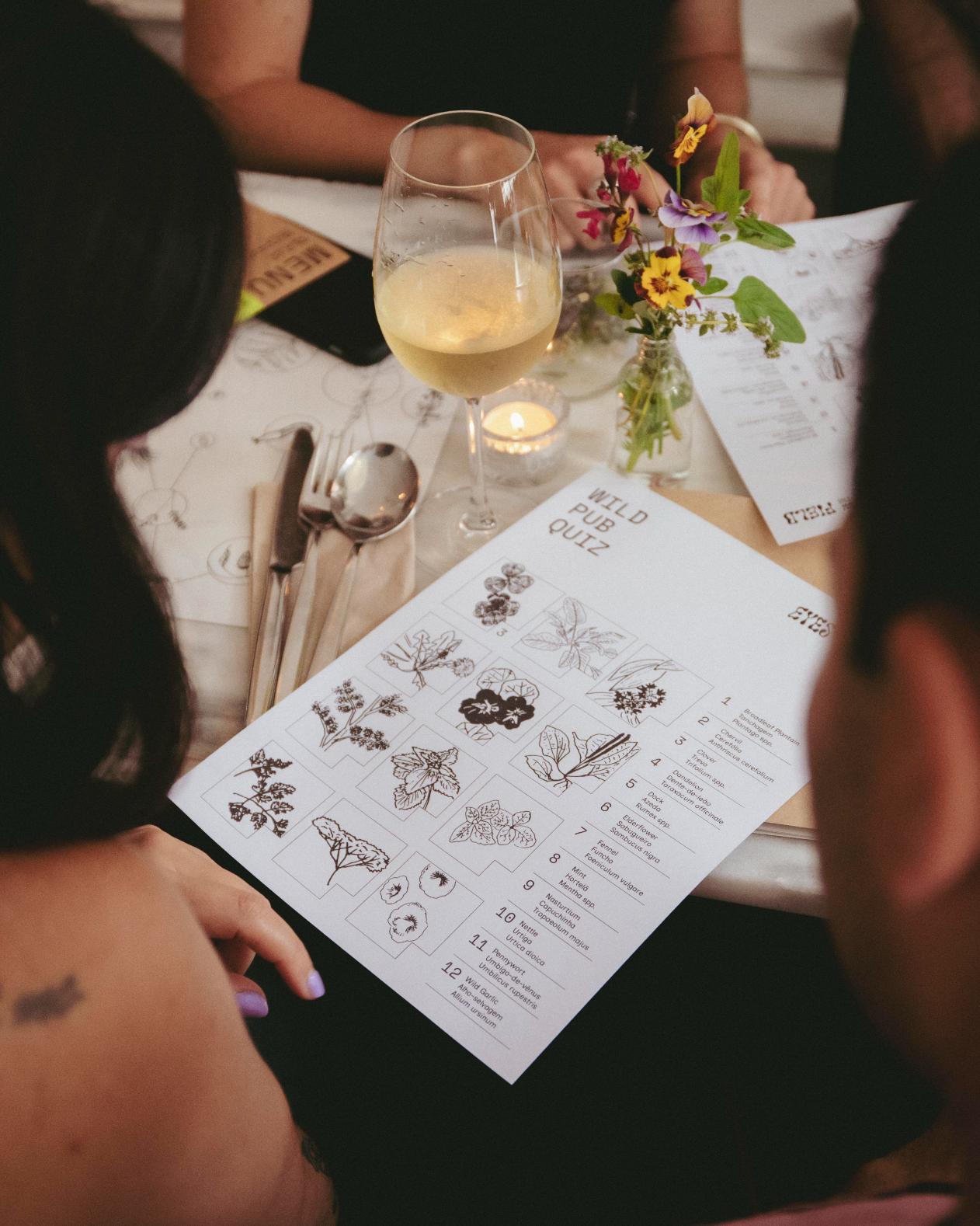

Technical Implementation
The application uses generative AI to help users identify organisms in their environment, while providing educational content about local ecosystems in different tones. The image classification leans on image capabilities of LLM to have a robust non specific recognition tool. BITZ also suggests place-specific instructions finding new organisms.
Impact & Applications
BITZ serves multiple audiences: individual nature enthusiasts seeking to learn about their environment, educators conducting field studies, and organizations running biodiversity storytelling campaigns. The tool generates public datasets while fostering community engagement with local ecosystems. By making biodiversity observation accessible and engaging, BITZ contributes to building a more environmentally aware society.